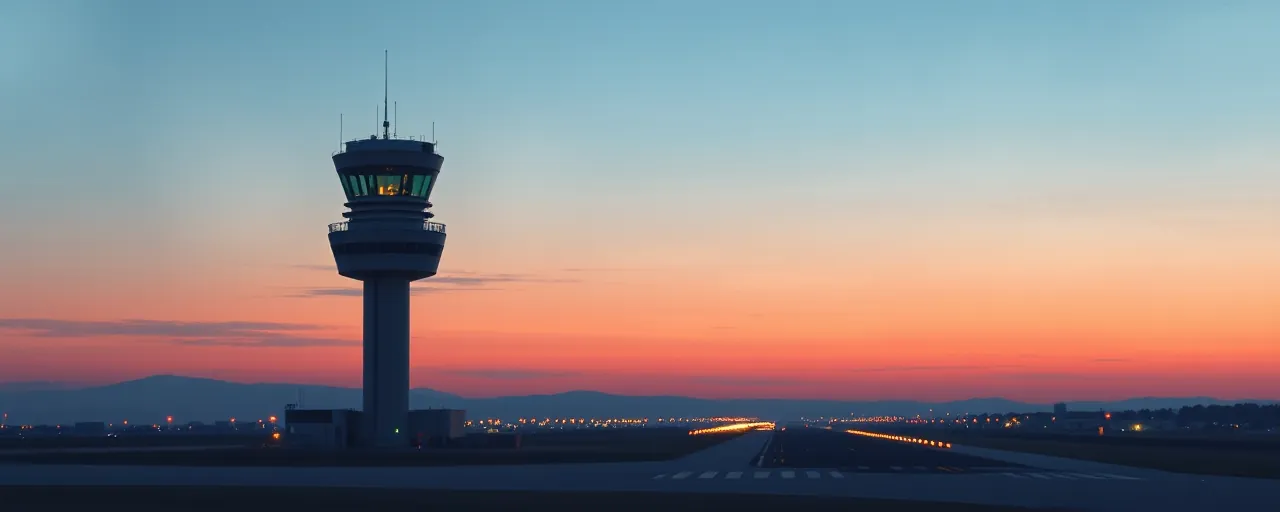A Sky Under Pressure
Air travel is surging, and the people keeping planes safe are stretched thin. The Federal Aviation Administration (FAA) announced on April 9, 2025, a new partnership with Vaughn College in New York, marking it as the fifth school in its Enhanced Air Traffic-Collegiate Training Initiative (AT-CTI) program. This move aims to fill a glaring gap in the nation’s air traffic controller workforce, a group vital to ensuring the safety of millions of passengers each year. With only 2% of U.S. control towers fully staffed as of last year, the urgency is palpable.
The stakes hit home earlier this year when a passenger plane and a helicopter collided in January 2025, an incident that experts tied to fatigue and understaffing among controllers. Vaughn College, the first Northeast school in this expanded program, joins a handful of institutions tasked with training the next wave of professionals to manage increasingly busy skies. It’s a practical step in a saga that’s been brewing for years, fueled by an aging workforce and a hiring freeze during the pandemic.
Fast-Tracking the Future
The Enhanced AT-CTI program isn’t just another academic track; it’s a direct pipeline to the control towers. Students at Vaughn and the other four schools tackle a curriculum mirroring what’s taught at the FAA’s Air Traffic Controller Academy in Oklahoma City. They face the Air Traffic Skills Assessment (ATSA), medical checks, and performance hurdles before earning a certificate that sends them straight to FAA facilities for hands-on training. Unlike the standard AT-CTI, where graduates still detour through the Academy, this enhanced route shaves months off the process.
It’s a shift born of necessity. The FAA reports qualifying over 8,320 candidates for the ATSA since March 2025, part of a hiring blitz to reverse a deficit of 3,000 to 4,000 controllers. Pair that with modern simulators mimicking everything from storms to packed runways, and the goal is clear: get skilled people into the system faster. Yet, some question if speed sacrifices depth, though early data suggests graduates are holding their own in real-world scenarios.
Roots of a Crisis
This isn’t a problem that popped up overnight. The controller shortage traces back to the COVID-19 years, when hiring stalled and early retirements spiked. As air travel roared back, the workforce didn’t keep pace, leaving controllers juggling six-day weeks and mandatory overtime. Fatigue crept in, turnover climbed, and safety warnings grew louder. The FAA’s response has evolved since the original AT-CTI launched in 1989, with the enhanced version rolling out in 2024 to meet today’s demands.
Vaughn College, founded in 1932, brings decades of aviation know-how to the table. Alongside peers like Embry-Riddle Aeronautical University, it’s leaning on cutting-edge tools, from AI-driven simulators to courses blending theory with practice. These schools aren’t just filling seats; they’re crafting a workforce ready for a job where split-second decisions matter. Still, the training grind, which can stretch up to four years, keeps instant fixes out of reach.
Balancing Act in the Air
The FAA’s push isn’t without trade-offs. Streamlining hiring from eight steps to five and boosting trainee pay by 30% has drawn more applicants, with 1,811 new controllers hired in 2024 alone, the most in a decade. But high stress and grueling schedules still drive turnover, leaving a gap of about 3,500 below target levels. Advocates for aviation safety applaud the focus on recruitment, yet some worry that rushing candidates through could miss the mark on long-term preparedness.
On the flip side, technology offers a lifeline. Simulators at schools like Vaughn let students wrestle with emergencies and peak traffic without risking lives. FAA officials, including Deputy Vice President Chris Wilbanks, argue this blend of urgency and innovation is working, pointing to shorter training timelines and a growing pool of talent. The question lingering in the air is whether these efforts can keep pace with an industry that’s only getting busier.
Looking Ahead
The Vaughn College deal signals a broader FAA strategy: tap into education to solve a workforce crunch that’s rattled aviation for years. It’s a concrete move with real-world ripple effects, from fewer delays at airports to safer skies overhead. Graduates stepping into FAA facilities carry the weight of a system under strain, but also the promise of relief for overworked controllers clocking endless shifts.
No one’s calling it a done deal yet. The gap won’t close tomorrow, and the balance between speed and skill remains tricky. Still, with schools like Vaughn churning out ready recruits and simulators sharpening their edge, there’s a sense that the tide might be turning. For travelers and workers alike, it’s a glimmer of hope in a field where every second counts.
